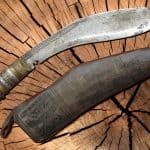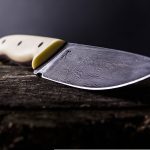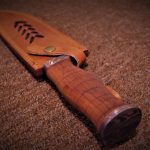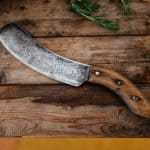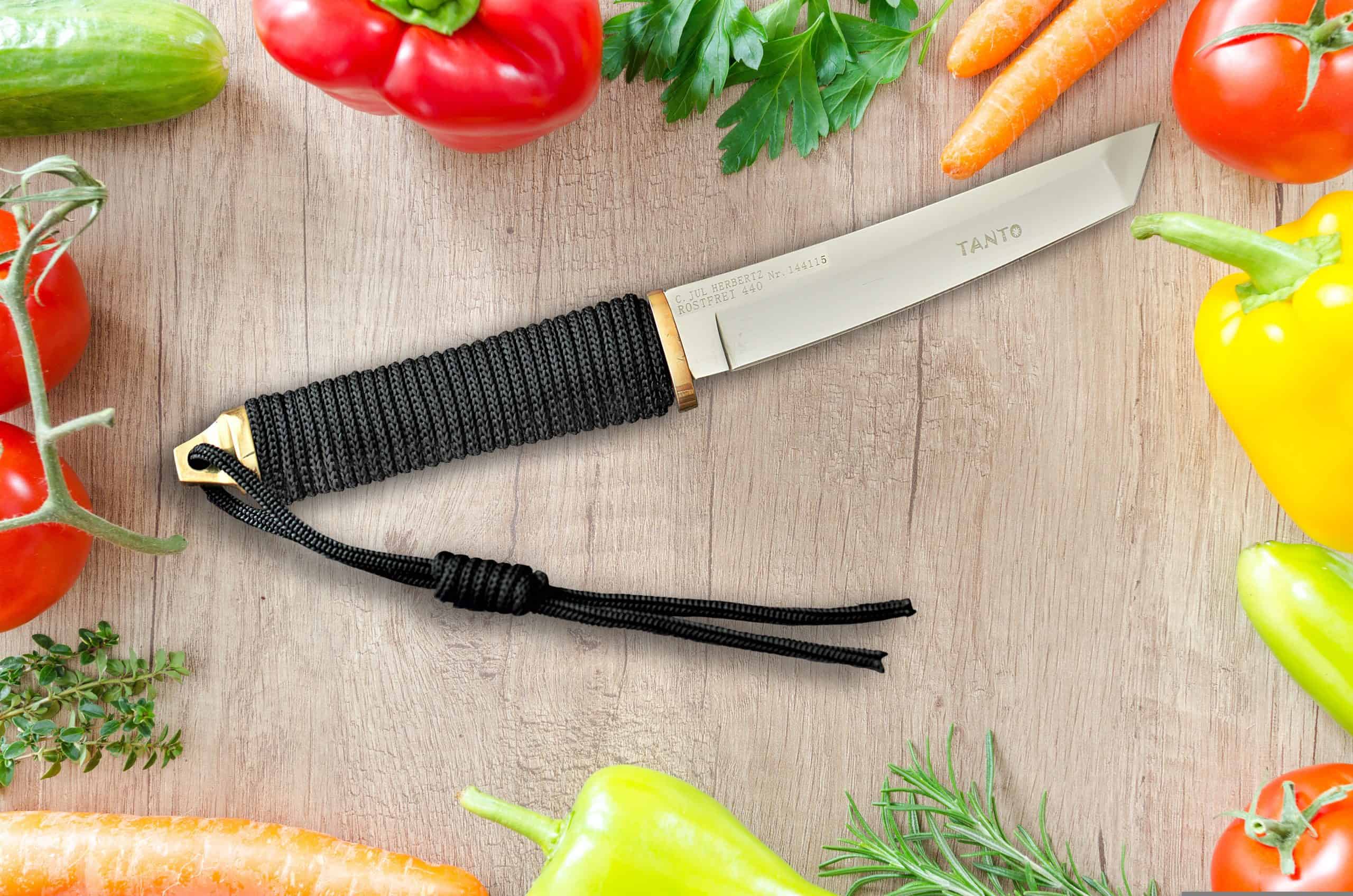
Introduction
Sharpening and honing a knife may appear similar but the two processes have distinct differences. Sharpening refers to creating a new, sharp edge on a dull blade, while honing is all about maintaining the sharpness of an already sharp blade. Both processes involve using abrasive materials and manipulating the angle of the blade, but sharpening involves removing metal from the blade itself whereas honing does not. Thus, honing is considered preventive maintenance to keep your knife in optimum condition while sharpening is required intermittently to actually restore that condition.
Understanding the Technology Behind Knife Sharpening
Sharpening and honing a knife may sound like the same process, but in reality, they are two unique processes that serve different purposes. Sharpening a knife involves removing metal material from the sides of the edge to create an even more precise angle on either side of the edge. This is usually done using an abrasive. Honing a knife, on the other hand, presupposes a sharp blade – it serves mainly to sustain its sharpness by straightening out any bends or inconsistencies in the blade’s “edge memory” (the serrations left along the blade after having been ground). It also removes very small amounts of material on either side of the edge to clean it up and make it more nimble. Honing a knife requires a hone, which is basically an abrasive-free piece of steel with microscopic grooves that works like sandpaper for your kitchen cutlery.
Examining the Different Knife Sharpening Techniques
Sharpening and honing are two separate techniques used to sharpen your knives. Sharpening is done with a whetstone or electric knife sharpener, for example. When you sharpen a knife the stone takes small amounts of metal away from the primary edges of the blade, thus creating a new sharp edge. Honing on the other hand is less harsh than sharpening; it’s more like polishing the blade with a honing steel. Honing puts an even and uniform polish on the blade to straighten out any bends or irregularities along the primary edge which makes it sharper as well as providing greater accuracy in cutting and slicing. Honing also creates microscopic serrations which also aid in cutting tasks. So, while both honing and sharpening seem very similar they are actually two distinct but complimentary processes that help maintain a great performing knife.
Identifying When It’s Necessary to Sharpen a Knife
Sharpening and honing are two processes used to keep a knife in good condition. Although similar, they refer to different activities; understanding their differences can help you decide when it’s best to sharpen your knives.
Sharpening involves reshaping the edge of a blade. During the sharpening process, an abrasive material is used (such as a stone, steel or diamond file) to remove metal from the blade and shape the edge. This process is necessary if your knives have become genuinely dull and no longer produce clean cuts. For example, if you find yourself sawing at food with a knife rather than slicing it smoothly, this is an indication that your knives need sharpening.
Honing, on the other hand, is a way of maintaining an already sharp edge on the blade. The honing process refines the existing blade by re-aligning its “teeth” so they are all facing in one direction – creating less resistance while cutting firm items such as vegetables or fruit skins. Honing can be done more regularly than sharpening – usually after several uses of the knife – but will not help as much with truly dull blades.
Learning the Principles of Honing
Sharpening and honing share the same goal of making a knife blade sharper. However, they are two different processes. Sharpening is the process of removing metal from the blade to create a new edge. It does involve making small grooves into sides of the blade called burrs. Honing refers to the maintenance of an already sharp edge, which means touching up or restoring that sharpness by aligning the microscopic teeth of its edge with a honing device such as a rod, stone or pull-through sharpener. This process involves very little metal being removed from the blade and works to smooth down those burrs. Sharpening should only be done at home if you are comfortable with it; otherwise it is recommended that knives be taken to a professional for sharpening service instead. Honing can generally be safely done at home without any risk of damage as long as it is done properly and regularly – preferably once every few weeks or after several uses of the knife – in order to maintain its optimal cutting performance.
Pros and Cons of Honing a Knife
Pros: Honing a knife is a quick and easy process, requiring very few tools and materials. It serves to realign the cutting edge of a knife, making the blade appear freshly sharpened. This helps to ensure the knife’s effectiveness and minimizes wear on the surface of the blade.
Cons: Though honing a knife will slightly sharpen it and improve its performance, it does not actually remove metal from the blade itself. Since honing does not physically sharpen the blade but simply adjusts its edge, honed edges become dull more quickly than those that have gone through an actual sharpening process.
Sharpening vs. Honing
Sharpening a knife involves grinding and abrasive action where a sharpening tool or stone is used to remove material from the blade’s edge, forming a new bevel while producing a sharper cutting edge. Sharpening is best done periodically when the blade becomes noticeably dull or loses its edge after some use.
Honing, on the other hand, does not involve any grinding or abrasive action. Honing focuses on refining an already existing edge by realigning and polishing it. It employs applied pressure as well as friction techniques that correct any micro-serrations present in the blade due to continued usage and re-establishes the original angle of the bevel that was put forth when the blade was initially sharpened. Honing works well preventatively in keeping edges sharp for longer periods of time between sharpening rituals.
Teaching Knife Sharpening & Honing Techniques Safely
Sharpening a knife involves grinding a blade down to create a fresh, sharp edge. This is usually done with a special tool such as a stone wheel or an electric grinder. It removes metal from the edge of the blade, leaving it with a sharper than before profile. Honing a knife, on the other hand, is all about maintaining and keeping an existing edge on the blade by realigning those tiny metal fibers along their original edges. A honing steel is used for this purpose and it’s much more gentle on blades than sharpening them. Generally speaking, you will hone your knife every couple of weeks or even daily to maintain its performance and sharpness while you only sharpen when needed every few months or so.
Selecting the Most Appropriate Knife Sharpener
Sharpening and honing a knife are two separate activities. Sharpening is the process of grinding and smoothing the edges of the blade to bring back its sharp cutting edge. Honing is the process of polishing the blade’s existing edges without removing any metal from it, and making them finer or sharper. As an example, if you have an old or dull knife that requires a few swipes on a stone or sharpener in order for it to cut again, then this would be considered sharpening. On the other hand, honing better describes using a rod type device that polishes and realigns an already sharpened blade so that it maintains its cutting efficiency. Simply put, honing does not take away from the blade, whereas sharpening does.
Conclusion
Sharpening and honing a knife are two different methods used to keep knives sharp. As with all tools, knives lose their efficiency and need regular maintenance. Sharpening and honing are key processes that can preserve the edge of a knife and keep it in optimal condition.
Sharpening is the process of removing metal from the blade’s edge to create a new one when the edge becomes too dull or damaged. It involves using an abrasive, such as a grinding stone or specialised sharpening device, to create a sharper angle on the blade, which in turn brings back its cutting capability. This usually needs to be done more regularly than honing and can leave behind tiny chips on the blade that need to be smoothed out afterwards.
Honing is the process of ensuring that already existing edges remain sharp by repairing them if they have become dulled or misaligned from frequent use. This is usually done with a honing rod or stropping tool that helps realign a worn-down edge. Honing doesn’t involve removing any material from the knife, meaning it doesn’t need to be done as often as sharpening but still requires occasional upkeep to ensure any nicks are kept in check.








